Update: January 12, 2021
COVID-Vaccine Rollout Uneven in Most Rich Countries, Non-Existent in Those That Are Poor
With three COVID-19 vaccines already approved for emergency use, rich nations have been focusing on how to roll them out as fast as possible and on rollout, who should get them first. These efforts have met with mixed success, depending on the country involved and the news source you believe. At the end of the first week in January 2021, Israel was well ahead of the pack in terms of having administered vaccine at the blistering speed of 19.6 doses per 100 people compared to second-in-line United Arab Emirates at 9.5 doses per 100 people.
Bahrain came in third at 4.3 doses per 100 people; Britain at 1.9 doses per 100 people, and the US and Denmark at 1.8 doses per 100 people each. With the exception of Iceland, most countries were in the 0.5 to 0.8 doses per 100 people range, including Canada at 0.6 doses per 100 people. In other words, by the first week in January 2021, Israel had delivered the first of two recommended doses to over 19 percent of its citizens compared with the United States at 1.8 percent — and as such, is well on its way to becoming the first country in the world to achieve herd immunity to the SARS-CoV-2 scourge, as Israeli public health officials have predicted.
France, in contrast, had the lowest vaccination rates among the wealthier nations at only 0.1 doses per 100 people. Why a very good, publicly-funded healthcare system such as France has, has failed so miserably on the vaccine front is culturally complex, but at least some of that poor performance has to do with French antipathy towards vaccines in general. For example, France began its vaccination program on December 27, 2020 and by January 3, 2021, the country had barely vaccinated 500 of its citizens.
The fact that only about 40 percent of people in France say they want to get the vaccine doesn’t help. To counter vaccine antipathy, the French government favored a highly bureaucratic system where healthcare workers have to follow a 45-page “vaccination protocol” before giving the vaccine.
Moreover, only physicians can give the vaccine in France — another explanation for their dismal performance because there are simply too few people authorized to administer the vaccine. Meanwhile, the United Kingdom is acting in frantic counterpart to France’s thus-far pallid vaccination approach.
Desperate to get ahead of a new variant of the virus which originated in the country, officials are now aiming to get two million citizens vaccinated per week. While this new UK variant of the coronavirus has been identified, there is no evidence it is more deadly, even if it appears to be more transmissible than the original strain. It is unlikely to render current vaccines ineffective because it still needs the virus’ spike protein to gain access to the hosts’ cells and that spike protein is exactly what all current vaccines target to protect the host. For better or worse, Britain has also decided to stretch the dosing schedule between the two doses required to as long as three months instead of weeks as is recommended.
Potentially even more dodgy, the UK plans to use whatever vaccine is available to administer the second dose, regardless of whether it matches the first. Here in Canada, Quebec has also decided to step to a different vaccine drum roll and has announced that it, too, will accelerate its vaccination program by giving as many people as possible the first dose and holding the second dose back until such time as a second dose becomes available — whenever that might be.
Quebec public health authorities have publically stated that the first dose provides most of the protection against SARS-CoV-2 and that the second booster dose is primarily given to prolong that protection. Whether this is true or not has not been substantiated by either vaccine manufacturer.
However, keep in mind that Quebec was the first to adopt a 2-shot schedule for the human papillomavirus (HPV) vaccine, not the 3–shot schedule as recommended by Merck, saying two shots was more than enough to protect its female recipients from HPV infection. Over time, they proved to the rest of the medical world that they were right, so Quebec has a history of altering vaccine schedules and getting it right. And while Pfizer is protesting against Quebec’s violation of its vaccination schedule, data from Pfizer/BioNTech itself has suggested that a single dose of their vaccine can prevent infection.
Moderna is currently looking at their own data to see if this could be the case for their vaccine as well. Public Health officials in the US have stated they have no intention of altering vaccination schedules other than those used by both Pfizer/BioNTech and Moderna in their clinical trials, both of which recommend 2 doses of the vaccine, given three to four weeks apart.
Despite what is a reasonable argument to give more people a single dose of either vaccine as quickly as possible, there is a risk in adopting an unstudied vaccination schedule. As a US-based virologist, Paul Bieniasz argued on Twitter, partially immunizing people in the face of a highly contagious pandemic is the perfect pathway for a virus to develop resistance to current vaccines.
Letting partially protected people wander around for months while the virus is still raging means that they could still get infected, especially if they are elderly and can no longer mount a robust response to any vaccine and are particularly vulnerable to COVID-19 infection. Time will tell. As for who will get the vaccine first, it would appear that most governments are targeting the high-risk elderly in nursing homes and the staff that serve them first.
Indeed, mathematical models suggest that the best way to save lives would be by starting with people 60 years of age and older. If this strategy were to be adopted, experts project that death from COVID-19 could drop by between one-third and three-quarters, depending on how widespread the rollout would be because the vast majority of deaths from the virus that have occurred thus far have occurred in long-term care facilities.
Vaccinating residents in long-term care facilities first thus should result in a significant drop in the death rate although not necessarily a drop in the numbers of infections.
Low-Income Countries
In contrast, millions in low-income countries are looking at getting absolutely nothing that will protect them against SARS-CoV-2 at least for quite a while. Projections are that poor nations may be able to vaccinate up to 20 percent of their populations throughout 2021, as the rich nations continue to scoop up billions of doses of the Pfizer/BioNTech, Moderna and AstraZeneca vaccines. Some poorer countries like India could be in better shape than others as the Serum Institute of India, which has secured contracts for large quantities of the AstraZeneca and the not-yet-released Novavax vaccine, has promised to provide the government with half of its output.
South Africa has also just announced that it has purchased 1.5 million doses of the AstraZeneca vaccine from the Serum Institute of India and will initiate its own vaccine rollout later this month.
Healthcare workers in South Africa will be the first to receive the vaccine when the program does begin. Johnson & Johnson, who is currently testing its single-dose vaccine, has pledged a large number of doses to low-income countries as well, although it’s not clear which countries it has in mind. China has also indicated it intends to make its own vaccines available to low-income countries.
There is even talk about rich countries “sharing” excess vaccine doses once they have vaccinated their own populations and making them available to the waiting developing world.
Even if that does happen, experts predict that the world will not have all of the vaccine it needs by the end of the year, and some predict it will take several more years before there is enough vaccine to protect the whole world from COVID-19.
Potential Treatment
The only new antiviral drug that has caused a certain buzz among researchers lately is once called Mk-4482/EIDD-2801, or molnupiravir. Research so far has only been carried out in ferrets. However, results in ferrets suggest that this orally available drug rapidly blocks the transmission of SARS-CoV-2 within 24 hours of infection. Originally developed to treat influenza infection, research shows that the drug greatly reduced the viral load of SARS-CoV-2 in the upper respiratory tract in ferrets treated with molnupiravir twice a day.
In fact, treatment completely suppressed the spread of SARS-COV-2 to untreated contact animals, promising an antiviral countermeasure to break community transmission of the virus, as researchers suggest.
Update: December 7, 2020
Past Few Weeks Herald Good News on the Vaccine Front
Well, it’s been quite a month in the battle against SARS-CoV-2. First came the news from Pfizer and its German partner BioNTech that their mRNA vaccine was 90 percent effective in preventing symptomatic COVID-19 disease. This level of protection far exceeds expectations set by the Food and Drug Administration (FDA) in the US that indicated they would approve a vaccine if it were only 50 percent effective against the virus.
The Pfizer/BioNTech analysis was based on a trial involving some 43,000 volunteers in which investigators were able to show that there were 90 percent fewer infections among people who received two doses of the vaccine than among people who received placebo.
Then came news from the Massachusetts-based biotech firm Moderna which announced that its vaccine — also an mRNA vaccine created at the National Institute of Allergy and Infectious Diseases’ vaccine research center — was strongly protective against the SARS-CoV-2 virus as well.
In their trial, some 30,000 patients received either two doses of Moderna’s mRNA-1273 vaccine 28 days apart or placebo. Results showed that there were only five infections in vaccine recipients compared to 95 in placebo controls, giving Moderna’s vaccine an efficacy rate of 94.5 percent.
Neither manufacturer reported any real safety concerns other than injection site pain and muscle soreness. Shortly afterwards, AstraZeneca (AZ) together with its University of Oxford partner released interim results from its clinical trial of their AZD1222 vaccine.
Among the total cohort involving 11,363 participants, the vaccine had a 90 percent efficacy rate among those who received a half dose of the vaccine followed by a full dose a month later, while among those who received two full doses at least one month apart, the vaccine was still 62 percent effective against the virus. No hospitalizations or severe cases of COVID-19 were reported among those receiving the AZD1222 vaccine either. The vaccine was well-tolerated across both dosing regimens with no serious safety signals reported to date.
Most recently, Janssen — a pharmaceutical subsidiary of the multinational Johnson & Johnson — announced it had submitted its COVID-19 candidate vaccine to Health Canada for approval. Although results from their 60,000-strong Phase III trial do not appear to be available in any form yet, the trial was initiated in September so preliminary findings must be promising enough for Janssen to have put it forward for regulatory approval. The real appeal of the Janssen/Johnson& Johnson vaccine is that it requires only a single shot to provide immunity, instead of two doses as do the others tested so far.
All frontrunners in the vaccine race target the spike protein on the SARS-CoV-2 virus that allows the virus to attach to, then invade, host cells. Platforms used to develop mRNA vaccines allow scientists to develop and produce a vaccine more quickly than more traditional platforms.
The main drawback of the Pfizer/BioNTech vaccine is that it has to be stored at -70°C, a temperature far below what a typical freezer can reach and which makes distribution of this particular vaccine technically very challenging.
Moderna’s mRNA vaccine does not require such extreme storage conditions and can be safely kept in conventional refrigerators. Both Pfizer and Moderna have announced they have filed for emergency use authorization (EUA) to the FDA and, if approved, vaccinations could begin later this month. Together Pfizer and Moderna expect to produce about 70 million doses of their vaccines by the end of 2020, only enough to inoculate 35 million people but in 2021, the companies say they could produce as many as 2.3 billion doses between them.
Indeed, Britain announced last week that it has approved the Pfizer/BioNTech vaccine — the first COVID-19 vaccine ever to be approved by a Western country — and will start widespread vaccination momentarily.
AstraZeneca in turn has a capacity to produce up to 3 billion doses in 2021 and its vaccine can also be stored at normal refrigerated conditions for at least six months. So far, Ottawa has made a deal with Janssen to secure up to 38 million doses of their vaccine on approval.
The main lingering question seems to be the duration of immunogenicity provided by any of the new COVID-19 vaccines. Generally speaking, vaccines against respiratory illnesses are not terribly effective against the target virus — especially in older adults — as is the case, for example, with the influenza vaccine.
That said, 82 percent of the global supply of the Pfizer/BioNTech vaccine and 78 percent of the Moderna vaccine apparently have already been purchased by high-income countries, severely limiting any efforts to make the distribution of any potentially effective COVID-19 vaccine more equitable.
New Treatments for COVID-19
Meanwhile, interim data from a Phase III trial evaluating Humanigen’s anti-GM-CSF antibody lenzilumab suggest treatment has a clinically meaningful impact on patient recovery in hospitalized COVID-19 patients, with an estimated 37 percent more recoveries observed in the lenzilumab arm compared with current standard of care.
The company has now begun a partnership with Operation Warp Speed — the US government’s effort to speed up the development of COVID-19 drugs and vaccines.
The selective serotonin reuptake inhibitor fluvoxamine also appears to prevent clinical deterioration — this time in outpatients infected with the SARS-CoV-2 virus.
In a randomized trial of 152 adults with symptom onset within seven days of becoming infected with the virus, no patients treated with fluvoxamine — at a dose of 100 mg, three times a day for 15 days — deteriorated clinically while six patients treated with placebo did over this admittedly short study, a difference which was nevertheless statistically significant. There is also some speculation that taking a vitamin D supplement might prevent infection from the SARS-CoV-2 virus.
As discussed by researchers from the Mayo Clinic, a small randomized study found that of some 50 patients hospitalized with COVID-19, only one patient treated with a high dose of calcifediol — a type of vitamin D — required treatment in the ICU. This compared with 13 patients out of 26 other hospitalized patients who were not treated with calcifediol and who did require ICU care.
Eli Lilly’s monoclonal antibody, bamlanivimab has been given emergency authorization by the FDA now too. This EUA was based on a study of 465 patients with mild to moderate COVID-19 infection, where only three percent of those treated with the antibody ended up in hospital compared to ten percent of placebo controls.
However, administration of the drug requires trained staff to observe patients during an hour-long infusion followed by another hour of observation to ensure patients don’t develop any serious side effects — this limits its potential usefulness in these times of severe staff shortages in hospitals. Still, that limitation did not stop the Trudeau government from spending USD 32.5 million to buy thousands of doses of bamlanivimab.
The FDA has also granted EUA to Regeneron’s monoclonal antibodies casirivimab and imdevimab, which are given together for the treatment of mild to moderate COVID-19 infection. However, the same antibodies are not indicated for use in more severe COVID-19 infections requiring hospitalization.
Update: November 9, 2020
SARS-CoV-2 Vaccines Inch Towards Regulatory Approval
Over the past month or so, investigators have been amassing data on SARS-CoV-2 candidate vaccines as quickly as possible and some of that data is making its way — ever so much more slowly — through regulatory agencies for official scrutiny.
Quite possibly the fastest data review will be for AstraZeneca and the University of Oxford’s AZD1222 vaccine in Britain, where the Medicines and Healthcare Products Regulatory Agency is now conducting a “rolling review” of the vaccine in an effort to speed up the approval process. Canada launched its own rolling review of the same vaccine in October of this year.
In a rolling review, regulators are allowed to see data in “real time” and communicate with vaccine makers on issues such as manufacturing in order to accelerate the process. AstraZeneca was forced to halt its Phase III trial temporarily in September as one of the trial participants developed a rare, but serious, reaction following receipt of its vaccine. The trial has now resumed and the company has already pledged to supply some three billion doses of its vaccine to governments around the world in anticipation that it will gain speedy regulatory approval.
Meanwhile, Johnson & Johnson’s COVID-19 vaccine suffered a similar fate and it, too, had to temporarily halt its 60,000-patient trial due to an unexplained illness in a study participant. The trial was subsequently set to resume after the company’s review of the episode found no connection between the illness and its vaccine. Pfizer has also confirmed that it will be seeking emergency authorization of its vaccine against SARS-CoV-2 by the third week in November, provided it is found effective. Apparently, review of the safety data will take longer.
The US-based biotech company, Moderna, in turn, isn’t far behind everyone else, having hit its own enrolment target of 30,000 participants who are ready to receive the company’s candidate vaccine. Moderna has also announced that they should have sufficient safety data on their vaccine before Thanksgiving in the US. If a vaccine is authorized for use, the US will reportedly have enough doses to immunize 100 million people with at least one dose.
Regulators are actually not setting a very high bar to approve any vaccine, requiring only that it be at least 50 percent effective against the virus and that there are at least two months of follow-up on half of the study participants in any vaccine trial.
Even Canada is now getting into the SARS-CoV-2 vaccine act. The Canadian federal government recently announced that they now have a deal to manufacture some 76 million doses of a vaccine being developed by Medicago, a Quebec City-based biotechnology company to whom the feds have promised $173 million to help them get started on their own COVID-19 clinical trial. The company is planning to do its first round of clinical testing in Quebec, but it will undoubtedly have to go outside of the country to attract a bigger pool of volunteers as testing proceeds.
Canada is also planning to test an old vaccine against tuberculosis (TB), known as the Bacille Calmette-Guerin (BCG) vaccine. While no longer routinely used in Canada because the incidence of TB is too low in the country to justify its use, there is some evidence that widespread vaccination against TB in countries such as India may explain why the death rate from COVID-19 in India is low compared to European countries, where BCG immunization is not routine either.
The Canadian trial, which has already been launched, will evaluate whether volunteers who receive the BCG vaccine are less prone to infections in general, including infection with SARS-CoV-2. If the theory holds, the BCG vaccine represents a safe, inexpensive and, most importantly, already-approved vaccine for potential use against COVID-19.
Vaccine Nationalism and Vaccine Hesitancy Pose Threats to Public Health
No matter how close the front-runners appear to be getting to a viable SARS-CoV-2 vaccine, a report from Duke University’s Global Health Innovation Center predicted that there will not be enough vaccines (and yes, that is plural, as the world needs more than one vaccine against COVID-19 to cover the world’s population) until 2024.
This is in part because high-income countries have practiced a militant kind of “vaccine nationalism,” securing a large supply of multiple vaccines for their own citizens and leaving low- and middle-income countries to fend for themselves. The Duke University report also found that Canada has secured far more vaccine doses per person than any other country.
Ironically, Canada is the second-largest contributor to a global initiative known as the COVAX Facility whose aim is to ensure all countries — rich and poor — have equal access to a vaccine when one finally becomes available. Then there is the real specter of vaccine hesitancy. According to a recent poll, a growing number of Americans say they are not likely to get vaccinated against SARS-CoV-2 even if a vaccine does become available within the foreseeable future.
For example, the percentage of white Americans who indicated that they were likely to get a COVID-19 vaccine dropped from 70 percent to 59 percent between mid-August and early October, while the percentage of Black Americans who said they were likely to get a vaccine dropped from 65 percent to 43 percent. It could turn out that the true wild card in the race to protect the world against the coronavirus are people themselves.
Meanwhile, there is still power in social distancing measures when it comes to limiting the spread of this endless pandemic. According to a simulation model, the timing of the introduction of — and easing off from — social distancing measures had a pronounced effect on the burden of COVID-19 infections in the US.
For example, by bringing in social distancing measures one week earlier in New York City, researchers estimated the number of COVID-19 infections could have been reduced by 80 percent by the end of May 2020. In contrast, a week’s delay in the implementation of the same distancing measures was estimated to have increased the number of COVID-19 cases by almost seven-fold at the same point in May.
The social distancing measures included in the simulation model included population density, the number of daily contacts among residents in the absence of social distancing and different levels of adherence to these measures.
COVID-19 Treatment Advances Mixed
Over the same month, advances in treatments for patients at risk for, or who are already infected with, COVID-19 were small and had largely mixed results. British researchers have now forged ahead with plans for the first human challenge trials with the Imperial College London announcing they will start infecting young volunteers early next year in the hopes of speeding up the development of a SARS-CoV-2 vaccine. Human challenge trials involve infecting volunteers with the virus only a few weeks after they have been vaccinated, which shortens the time needed to determine if a vaccine is effective.
Chile announced they plan on testing the drug interferon β as a potential therapy for COVID-19. So far, the drug has had mixed results in the treatment of COVID-19. However, researchers in Chile, Canada and Australia are set to launch a trial in which interferon β will be given prophylactically to members of a household where one of the other members has tested positive for the virus.
Members of the household will receive a total of three doses of the drug, the first within 72 hours of a family member testing positive and two more doses to cover the interval during which infection would be expected to take hold. The goal is to reduce viral shedding and make the virus less infectious to others.
Another WHO-led study into the Gilead Sciences drug, Veklury (remdesivir), already approved for treatment of COVID-19 in the United Kingdom and Europe, did not support previous positive results where remdesivir was found to shorten recovery time by an average of five days.
In the WHO study, approximately 2,750 patients received treatment with remdesivir while others received either interferon, the anti-HIV drug combination lopinavir-ritonavir, hydroxychloroquine or just usual care. Although results have not yet been published, investigators reported on an online site that remdesivir had no meaningful impact on survival. The WHO study, however, has been criticized for being poorly designed, which makes any conclusions reached questionable.
And other somewhat conflicting findings were also released from several studies evaluating Roche’s interleukin-6 (IL-6) inhibitor, Actemra (tocilizumab) in the treatment of coronavirus infection. In a large observational trial involving approximately 4,000 patients, those who received the IL-6 inhibitor within 48 hours of being admitted to the ICU were less likely to die than those who did not receive tocilizumab, with mortality rates of 28 percent versus 37 percent, respectively.
However, in another randomized trial carried out in Italy, results from 60 patients who received the drug and 63 who did not found that the same treatment did not benefit patients who were receiving oxygen, although they did not require ICU care in that particular study. A second randomized trial carried out in France involved similar numbers of patients who had moderate-to-severe COVID-19, but they did not require mechanical ventilation. At day 28, there was no difference in mortality between those who received treatment with the IL-6 inhibitor and those who did not.
Investigators say mixed results may be explained by when the drug is given — ideally before irreversible organ damage has occurred — and disease severity.

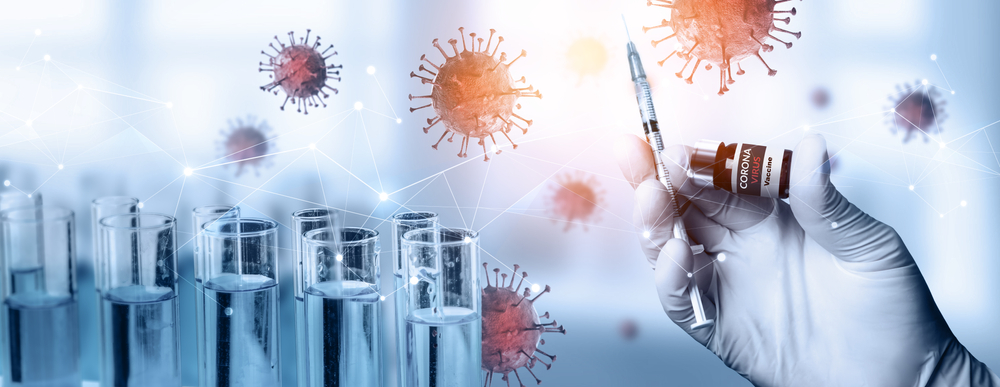
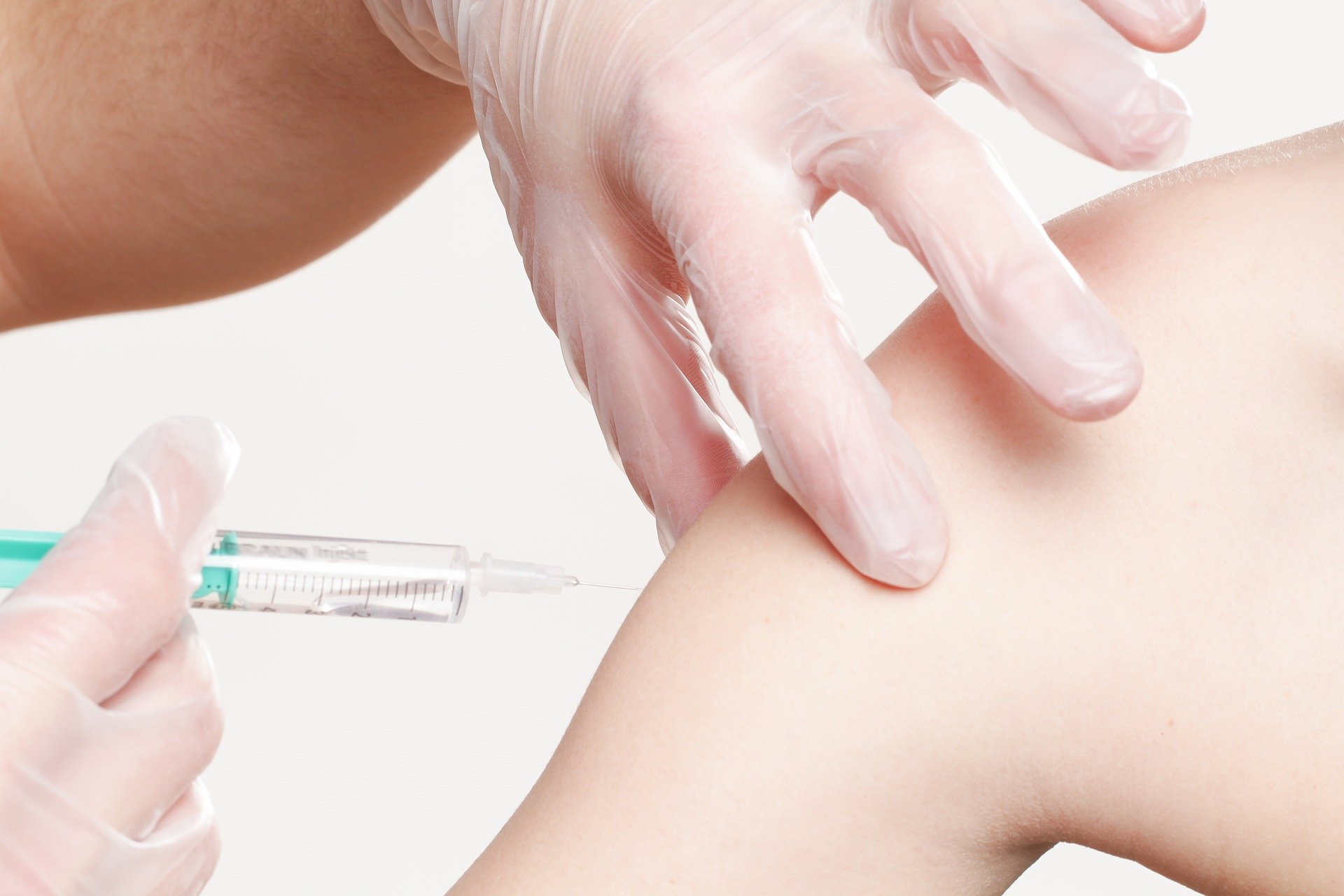
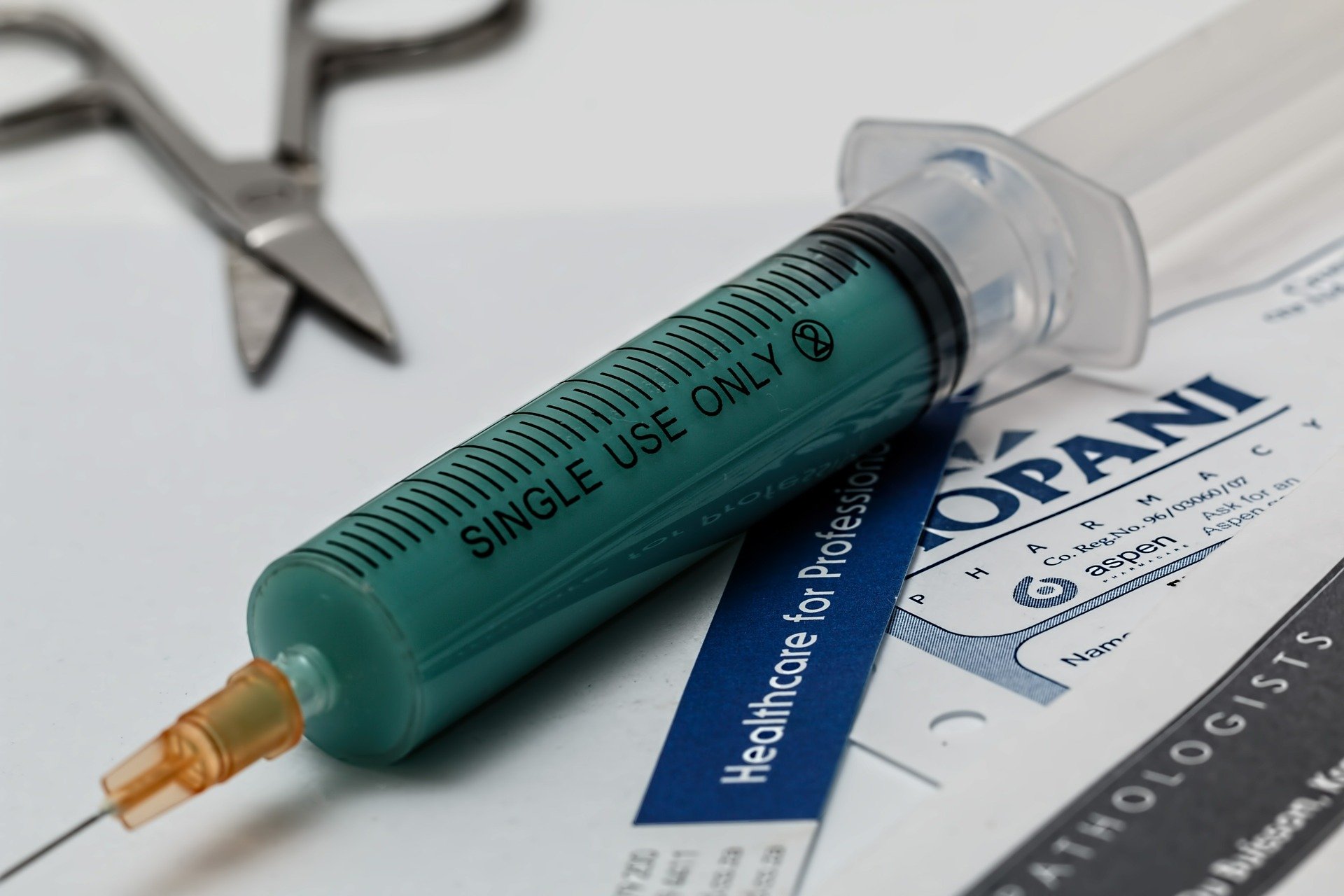
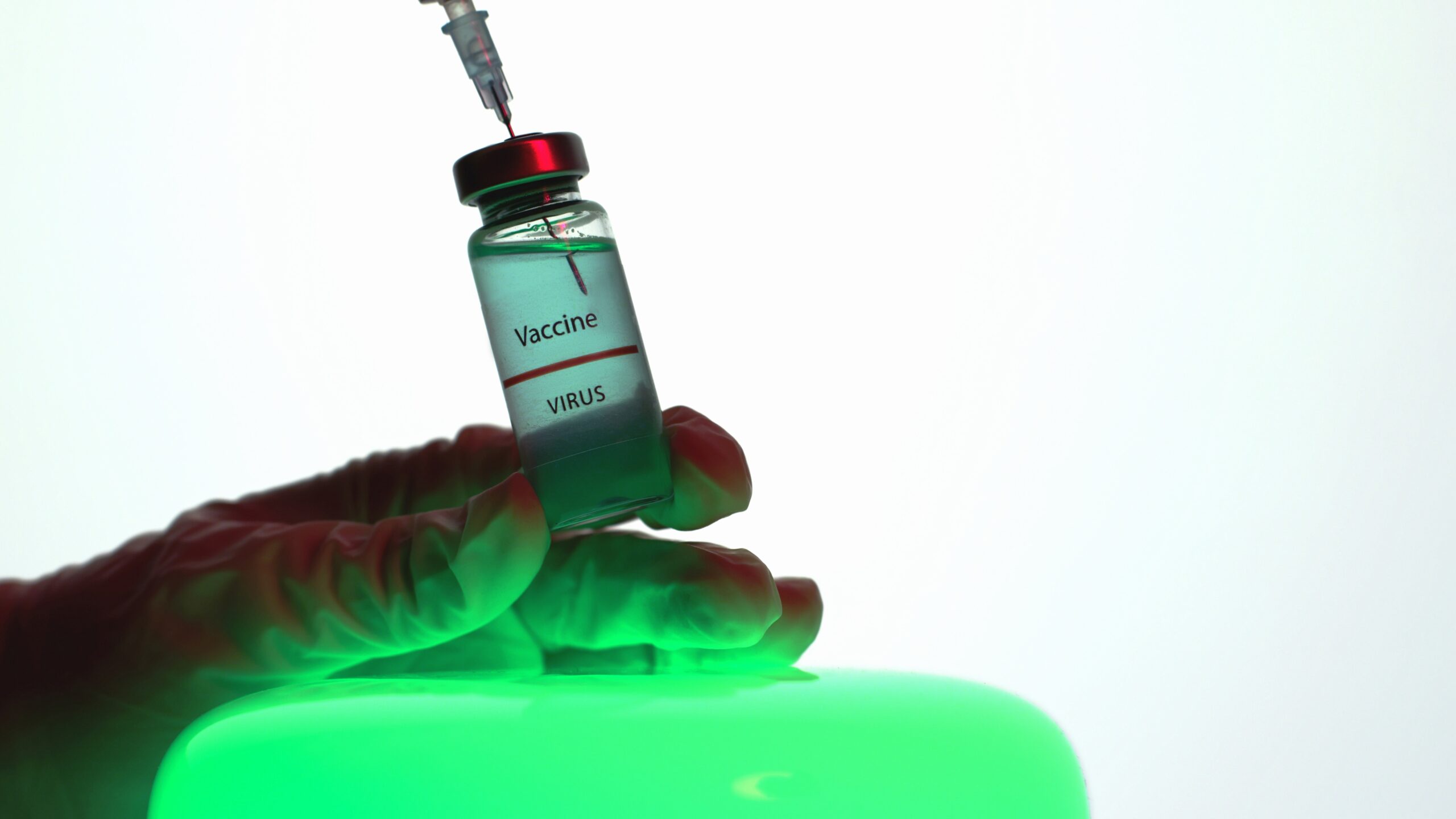
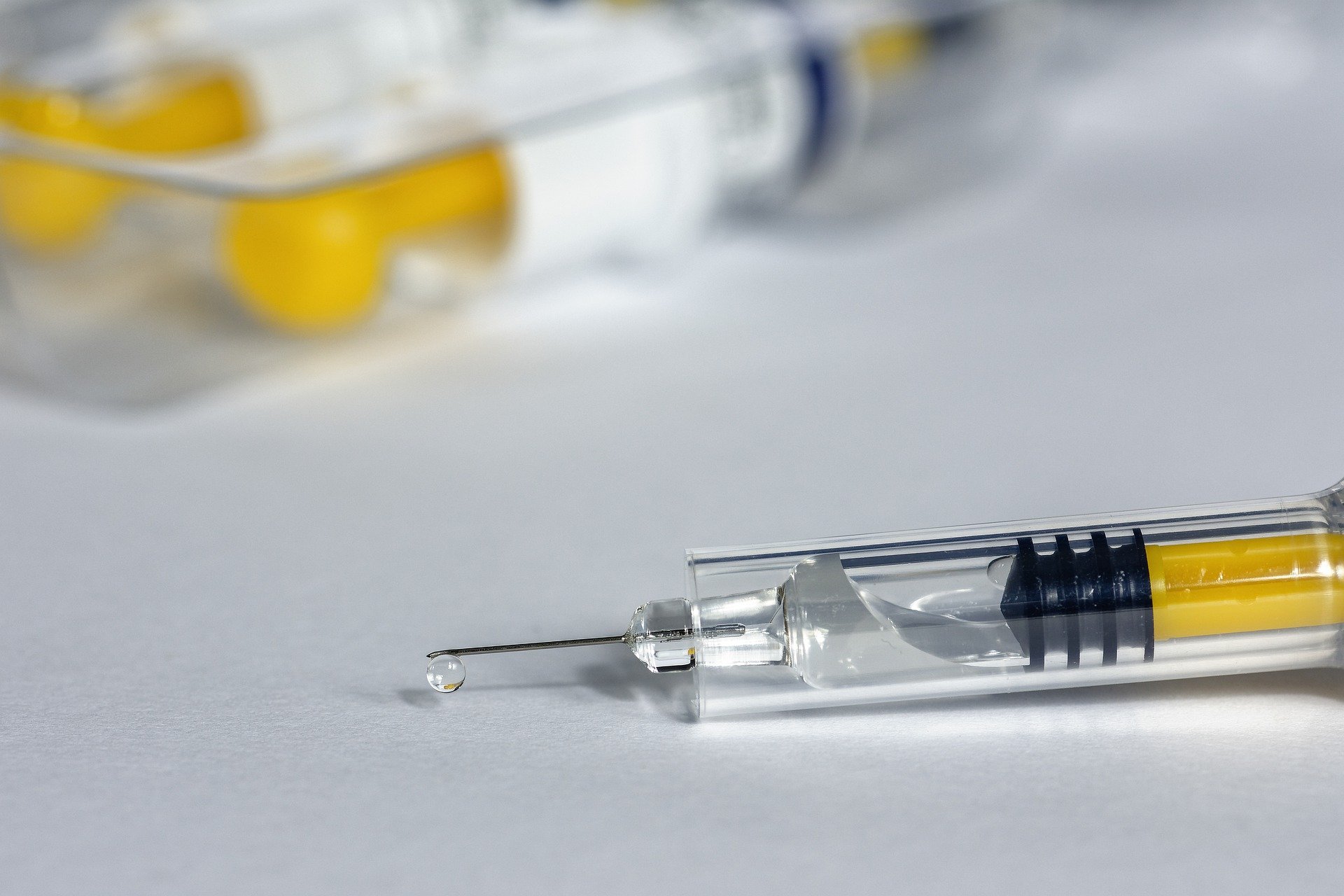






Join or login to leave a comment
JOIN LOGIN